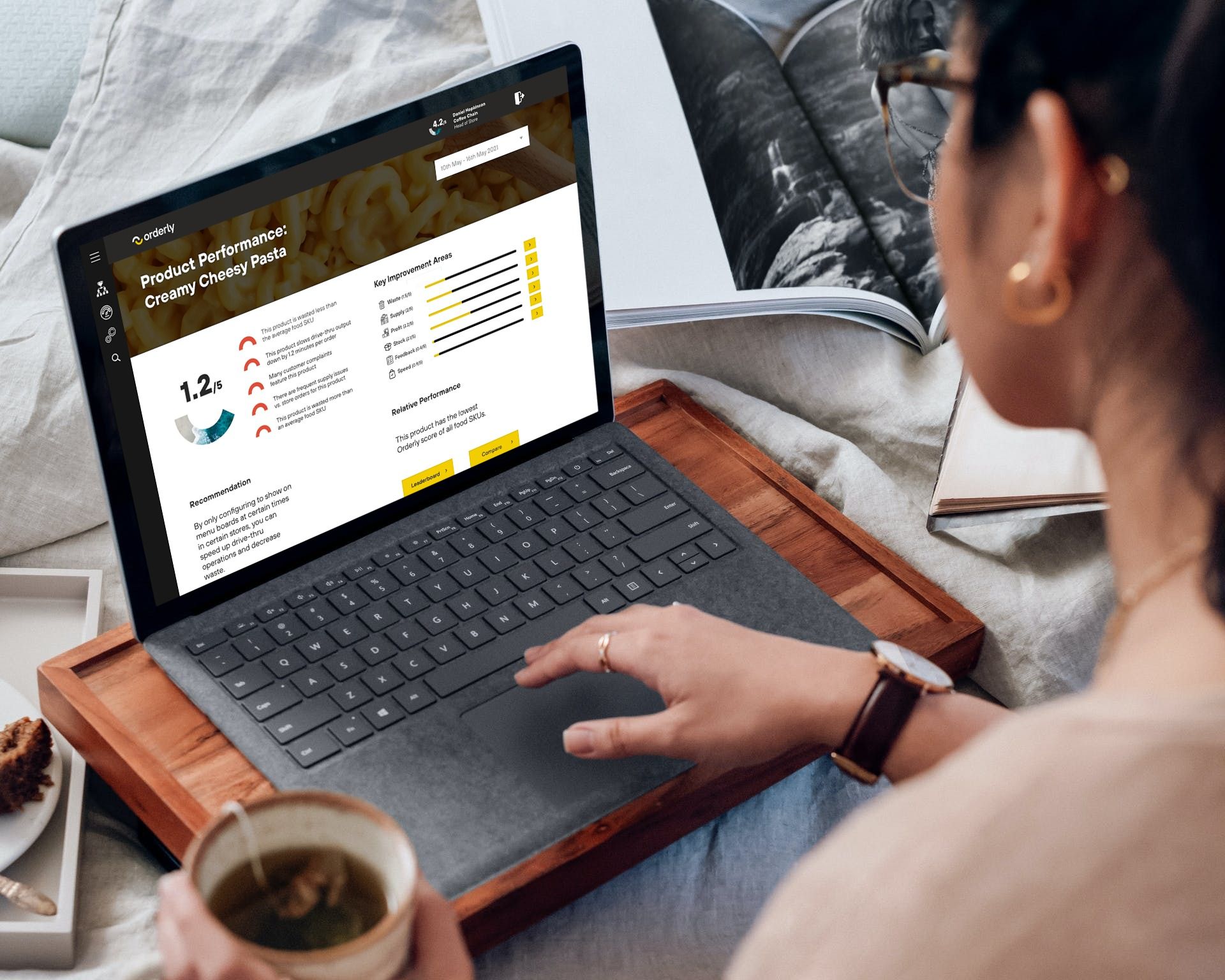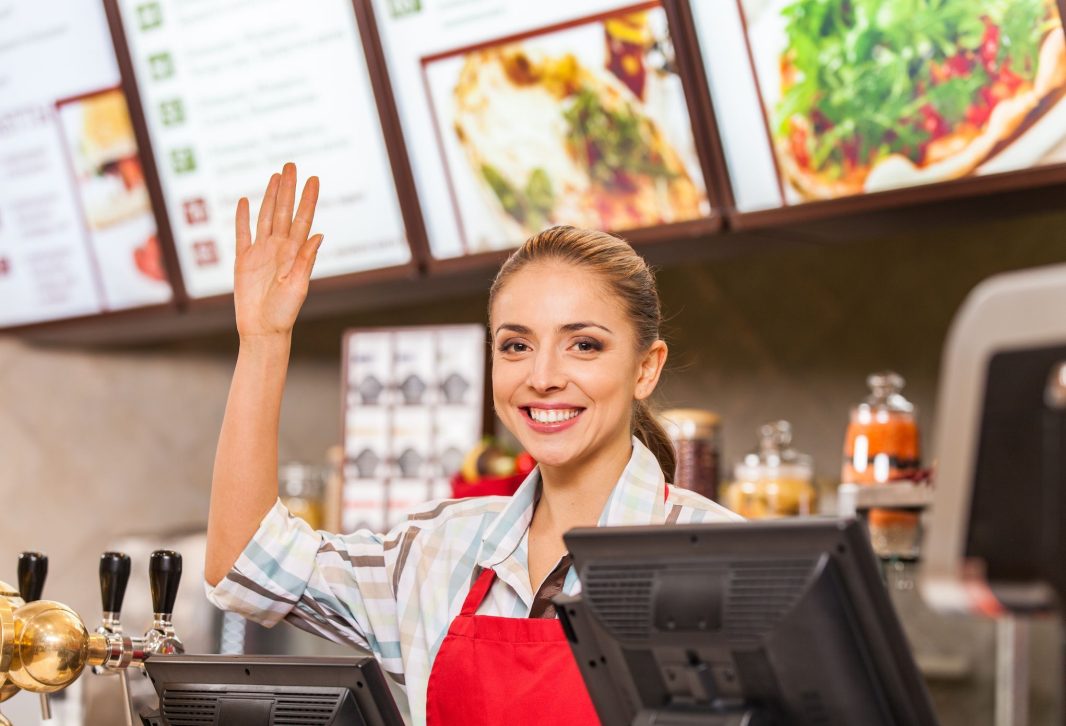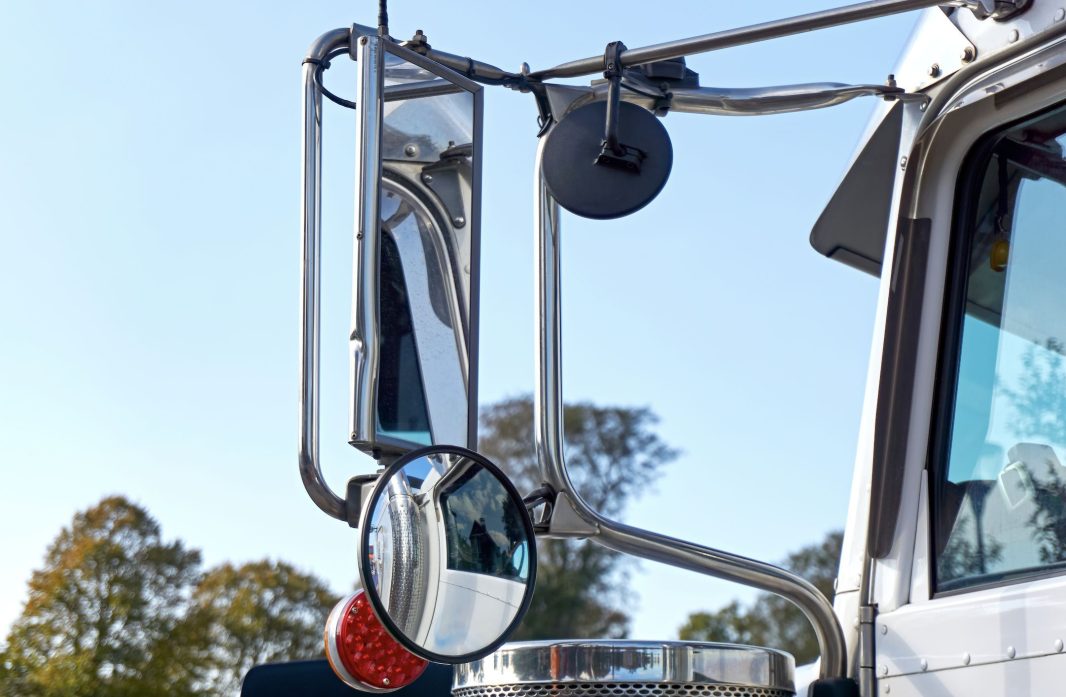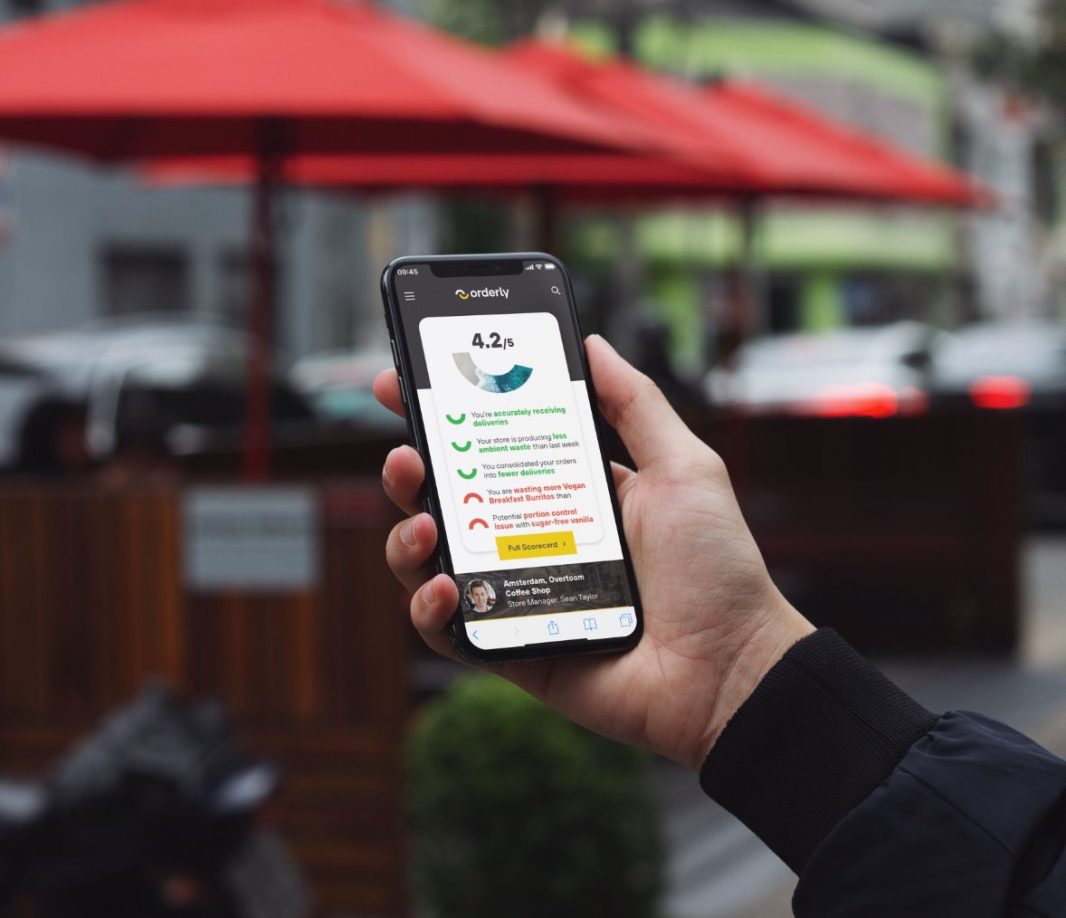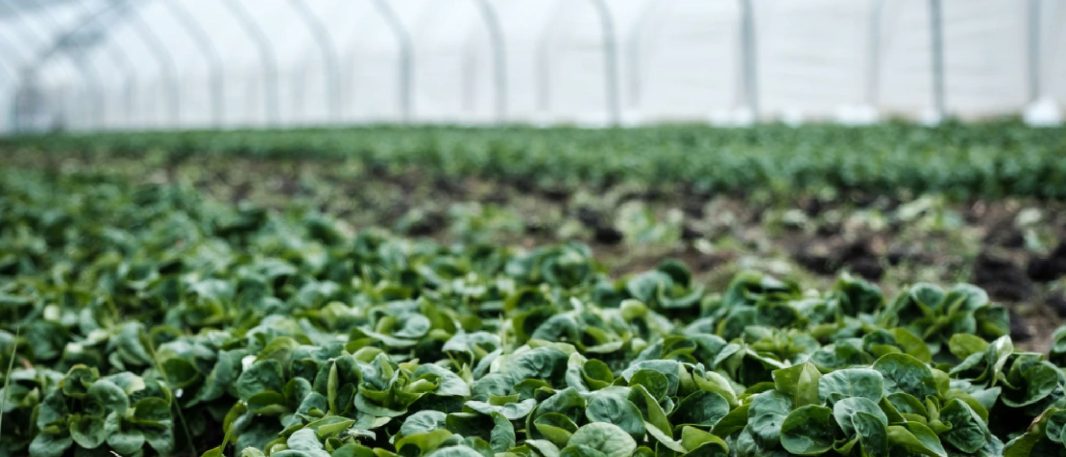As the food and beverage industry continues to grow, businesses are looking for ways to stay ahead of the competition. One way that many companies are turning to is artificial intelligence (AI). But, can it provide an ROI and is it ready to implement in your chain? In this blog post, we will explore using AI in supply chains and restaurants and show what’s possible, right here, right now.
The start of AI
In 1957 John McCarthy first coined the term “artificial intelligence” at a conference at Dartmouth College and in 1966 Alan Turing published his paper, “Computing Machinery and Intelligence”, which proposed the now-infamous Turing test to determine if a machine is intelligent.
The predictions for 2022 indicate that AI will transform business and in supply chains, it is set to be a huge gamechanger – but not overnight. Artificial intelligence (AI) is one of the most promising technologies for supply chain managers looking to optimize operations and create value for their companies, but it’s still in its infancy. That doesn’t mean what it can do right now isn’t amazing.
Some of the uses of AI in the Food and Beverage Industry
- Increased efficiency: One of the main benefits of using AI in the food and beverage industry is increased efficiency. With AI, businesses can automate tasks such as inventory management, order processing, and supply chain coordination. This can help reduce waste and improve turnaround times.
- Improved accuracy: Human error can cause a multitude of problems. In the food and beverage industry, this can lead to wasted food, incorrect orders, and supply chain disruptions. AI can help reduce these errors by providing accurate data analysis and predictions.
- Reduced waste: According to the United Nations Food and Agriculture Organization, about one third of all food produced for human consumption is lost or wasted. This is a huge problem, but AI can directly tackle this.
Specific ways to use AI
- Prediction of supply and demand: Supply chains are complex, ever-changing environments that benefit from being able to accurately predict supply and demand needs. AI helps companies better plan for future supply and demand needs so they aren’t left with an excess of products or not enough stock. Take Amazon Go, an e-commerce grocery store that uses AI to track items as customers add them to their shopping cart. The customer pays for the products through a mobile app after leaving the store. This is an example of supply network because it’s tracking supply and demand in real time.
- Then there is the benefit of AI predicting market trends over time with machine learning – this has already been successfully done by IBM, which has created a platform called Watson that uses machine learning algorithms to predict consumer appetites and trends.
- Monitoring is another example- there are case studies of farmers using drones with AI capabilities for crop monitoring, showing AI isn’t just for people with an office space!
- AI can also be used for risk assessment. The food supply chain is vulnerable to several risks- such as supply and demand, logistics, supply shortages etc. AI can identify any potential issues or threats and provide alerts in real time so they can be dealt with quickly.
AI can reduce food waste for you – right now!
There are many opportunities for AI in the food and beverage industry, but when 40% of all food produced is wasted due to a lack of understanding about what sells and how much should be produced, the most pressing use for AI is to make predictions around reducing waste – and the good news is, you can buy this off the shelf today with Orderly!
So, AI in the Food and Beverage Industry: Is it ready to serve? The answer is yes.
Great strides are being made in supply chains, and at Orderly, we are at the forefront of development with AI. From data platforms to revolutionise forecasting to the Orderly Score which acts as a digital store assistant, using big data and AI from a variety of data sources including POS, labour, inventory, and CCTV to influence responsibility – we can reduce waste and increase profit.
It’s cloud-based, user-and it delivers incredible results.

